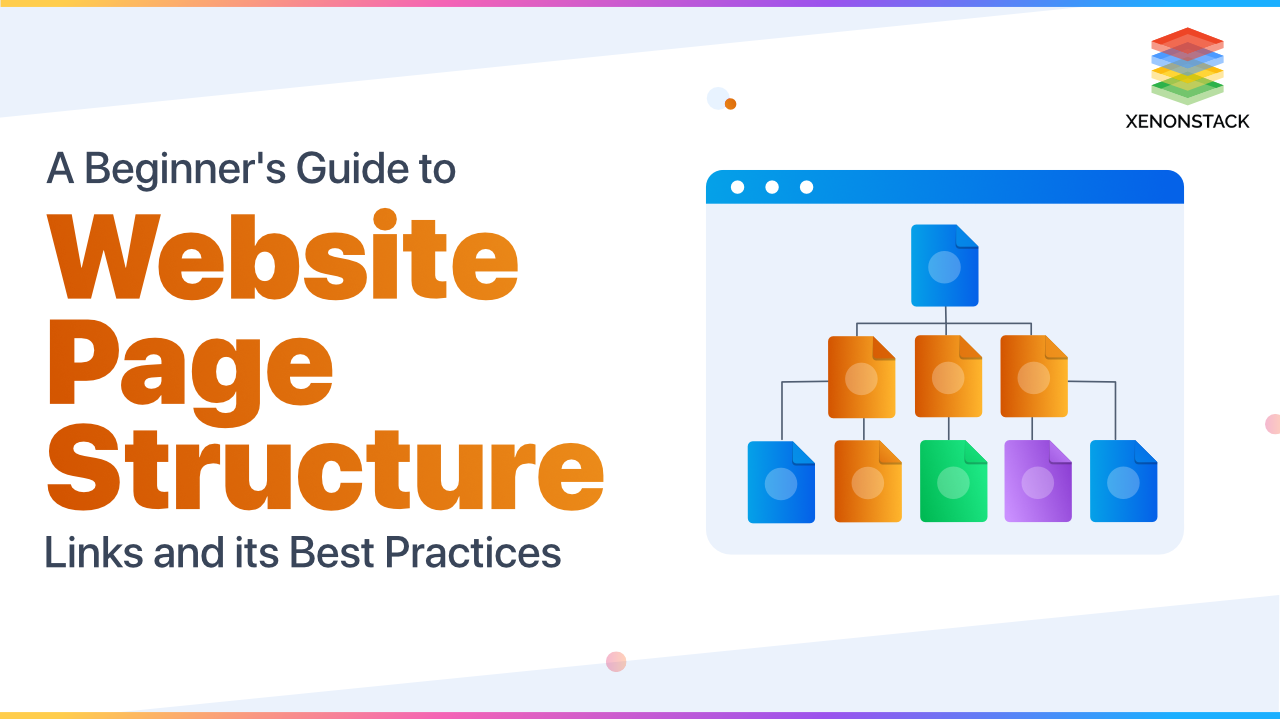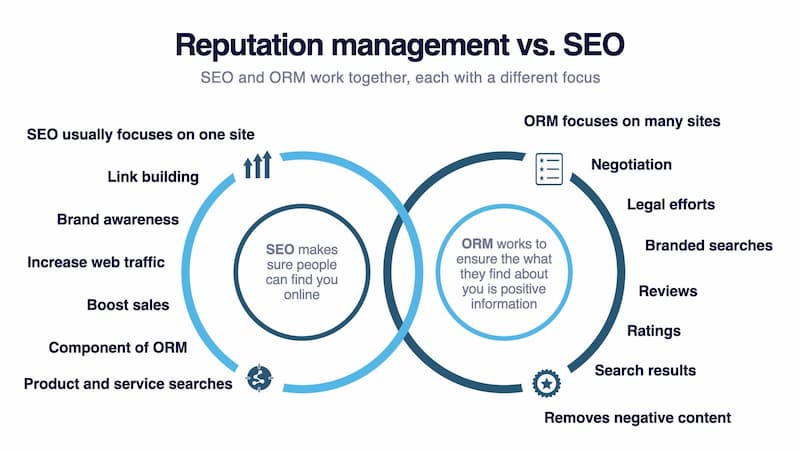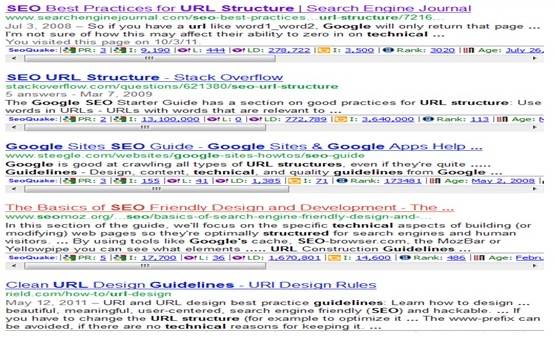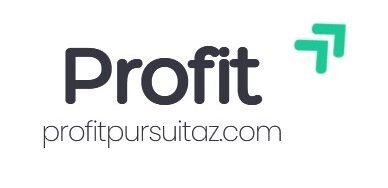Best Practice Seo Structure for Website: Unlock Success
A well-organized SEO structure boosts website visibility. It guides search engines and improves user experience.
Understanding the best practices for SEO can transform your website into a powerhouse of information and engagement. It’s not just about keywords and links; it’s about crafting a seamless experience for visitors and search engines alike. As the digital world grows, so does the need for a structured approach to SEO.
This involves choosing the right elements to enhance content and navigation. The aim is to ensure your website stands out in the crowded online space. Implementing an effective SEO structure can lead to better rankings and increased traffic. Let’s dive into the essentials that make your website a beacon in the digital realm.

Credit: www.xenonstack.com
Keyword Research
Effective keyword research is key for SEO success. Identify relevant terms your audience searches for. Incorporate these strategically in your website content to enhance visibility and structure.
Keyword Research is the cornerstone of any effective SEO strategy. It helps you understand what your audience is searching for and how you can tailor your content to meet their needs. But how do you find the right keywords? Which ones will make your website stand out? Let’s break it down into actionable steps that anyone can follow, even if you’re new to SEO.Tools For Finding Keywords
The right tools can make keyword research a breeze. Google Keyword Planner is a solid starting point, offering insights into search volume and trends. You get a snapshot of what people are typing into Google. SEMrush and Ahrefs are also popular choices. They provide a comprehensive analysis of keyword difficulty and suggest related keywords. These tools can be a game-changer in finding keywords you might overlook. Don’t forget about AnswerThePublic. This tool generates questions people are asking, helping you target long-tail keywords. Such keywords often have lower competition and can drive more targeted traffic.Analyzing Keyword Competition
Keyword competition analysis is crucial. It’s like gauging the strength of your opponents before a match. You don’t want to target keywords that are too competitive if you’re just starting out. Use tools like Moz’s Keyword Explorer to understand the difficulty level of your chosen keywords. They provide a score indicating how tough it will be to rank for a specific term. Consider checking out the top-ranking pages for your keywords. Are they big brands or niche blogs? This gives you insight into whether you stand a chance or need to adjust your strategy. Have you ever spent hours crafting a blog post only to find it buried on page five of search results? Analyzing competition can prevent such frustration. It’s about smart choices, not just hard work. Are you ready to dive deep into keyword research and elevate your website’s SEO structure? What’s stopping you from finding that perfect keyword today?Content Strategy
Your content strategy is the backbone of your SEO structure. It’s not just about what you say, but how you say it, and how often. The goal is to create content that resonates with your audience and ranks well on search engines. This involves a fine balance between engaging storytelling and strategic keyword placement. But how do you strike that balance?
Creating Engaging Content
The first step in crafting a compelling content strategy is to create engaging content. Think about what interests you. Stories, anecdotes, and real-life examples captivate your attention and make the content relatable.
Your readers are no different. Share experiences that illustrate your point and keep them on your page longer. Ask yourself: Does your content solve a problem or answer a question? This is what keeps readers coming back.
Balancing Keywords And Readability
Keywords are crucial for SEO, but they shouldn’t compromise readability. Remember, your audience is human, not a search engine. Stuffing your content with keywords can deter readers.
Use keywords naturally within your content. For instance, if you’re writing about hiking trails, incorporate related phrases like “best hiking trails” or “hiking tips” where they fit naturally. This ensures your content is both SEO-friendly and enjoyable to read.
Think about a time you read an article that seemed robotic due to keyword overload. Did it keep you engaged? Probably not. Striking a balance between keywords and readability is key to a successful content strategy.
What strategies have you used to balance these elements? Share your thoughts in the comments below!
On-page Optimization
On-page optimization plays a crucial role in SEO. It involves tweaking various elements of a webpage to improve search engine rankings. These changes help search engines understand the content better and determine its relevance to user queries. Effective on-page optimization ensures your website delivers clear, concise, and valuable information to both users and search engines.
Meta Tags Importance
Meta tags are snippets of text. They provide search engines with information about your webpage. These tags, including title and description, appear in search results. A compelling title tag can increase click-through rates. Keep it under 60 characters for best results. The meta description should summarize the page content. Aim for around 150 characters. Use keywords naturally, avoiding stuffing. Well-optimized meta tags can enhance user engagement.
Url Structure Tips
A clean URL structure helps both users and search engines. Keep URLs short and descriptive. Use keywords relevant to the page content. Separate words with hyphens for better readability. Avoid using numbers or special characters. Consistent URL structure across your website improves navigation. This also helps in maintaining link equity. A logical URL path supports better indexing by search engines. Well-structured URLs contribute to a user-friendly website experience.

Credit: blog.reputationx.com
Technical Seo
Technical SEO is the foundation of a successful website. It ensures search engines can crawl and index your site effectively. A well-structured site boosts visibility and user experience. Search engines appreciate fast, mobile-friendly sites. Let’s explore key aspects of technical SEO.
Improving Page Speed
Page speed is crucial for user satisfaction. Slow sites frustrate visitors. They leave if pages take too long to load. Use tools like Google PageSpeed Insights. Identify and fix speed issues. Optimize images by reducing file sizes. Use browser caching to enhance loading times. Minimize JavaScript and CSS files. Fast sites rank better and engage users.
Mobile-friendly Design
Mobile-friendly design is essential. More people browse on mobile devices. Ensure your site adapts to different screen sizes. Use responsive design for a seamless experience. Check mobile compatibility with Google’s Mobile-Friendly Test. Simplify navigation for mobile users. Keep text readable and buttons easy to click. A mobile-friendly site improves user engagement.
Link Building
Effective link building enhances a website’s SEO structure. It involves acquiring quality backlinks to boost site authority. Focus on creating valuable, relevant content that naturally attracts links.
Link building is a crucial aspect of SEO that can significantly impact your website’s ranking. It’s not just about getting links from anywhere on the internet. It’s about acquiring quality backlinks that boost your site’s authority and credibility.Quality Over Quantity
Many assume that more links equal better SEO. That’s a misconception. A few links from high-authority websites can do more for your ranking than numerous links from lesser-known sites. Think about it like making friends. Would you rather have a few close, trusted friends or hundreds of acquaintances who barely know you? Choose quality links that align with your niche and add value to your content.Building Relationships For Links
Link building is about relationships. It’s not just about placing a link; it’s about creating a connection with other webmasters and content creators. Reach out with genuine interest in their work. Share their content, comment thoughtfully on their posts, or even collaborate on projects. This not only helps in getting backlinks but also enriches your professional network. Have you ever received a cold email asking for a link? Did you feel inclined to help them? Probably not. Building authentic relationships can set you apart and make your link-building efforts more successful. By focusing on quality and relationships, your link-building strategy will not only enhance your SEO but also build a network of support and trust around your brand.User Experience
User experience is crucial for website success. It affects how visitors interact with your site. A well-designed user experience can increase engagement and conversions. It also helps improve your search engine rankings. A seamless experience keeps users on your site longer. This can reduce bounce rates and improve overall performance.
Navigational Ease
Clear navigation helps users find what they need quickly. Use simple menus and logical categories. A search bar is essential for larger sites. Keep navigation consistent across all pages. This ensures visitors don’t get lost. Breadcrumbs can also enhance navigation. They show users where they are within the site structure.
Interactive Elements
Interactive elements make a website engaging. They include buttons, forms, and sliders. Use them to guide users through your content. Interactive elements should load quickly. Slow elements can frustrate users. Ensure they work well on all devices. This improves the overall user experience. Test interactive features regularly. This ensures they function as intended.
Analytics And Tracking
Analytics and tracking are essential for understanding website performance. They help you make data-driven decisions for SEO improvements. With the right tools, you can monitor user behavior, traffic sources, and conversion rates. This information reveals which strategies are working and where to focus efforts. Setting up analytics is the first step towards optimizing your website.
Setting Up Google Analytics
Google Analytics is a powerful tool for website tracking. Start by creating a Google Analytics account. Then, add your website as a property. Install the tracking code on each page of your site. This code collects data about your visitors. Check if the code is working properly. Use the Google Tag Assistant for verification.
Interpreting Data For Improvements
Once data is collected, analyze it for insights. Look at traffic sources to see where visitors come from. Compare organic, direct, and referral traffic. Check user behavior metrics like bounce rate and session duration. Identify pages with high exit rates. These insights highlight areas needing improvement.
Use this data to refine your SEO strategies. Focus on high-performing keywords. Improve content on pages with high traffic but low conversion. Regularly review analytics to track progress and adjust tactics. This ongoing process ensures your website remains competitive.
Local Seo Strategies
Local SEO Strategies are crucial for businesses aiming to attract customers in their immediate vicinity. Optimizing your website for local searches can significantly boost your online visibility. But how do you ensure your business stands out in local search results? Let’s dive into some best practices that will help you rank higher locally and connect with nearby customers.
Optimizing For Local Searches
Think about how often you search for services “near me”. Your potential customers do the same. To capture their attention, ensure your website includes local keywords. Use words that are specific to your area. For example, include your city or neighborhood name in page titles and meta descriptions.
Consistency is key. Make sure your business name, address, and phone number are identical across all online platforms. This builds trust with search engines, making it easier for them to verify your location. They love accuracy!
Schema markup is your friend. By adding local business schema to your website, you help search engines understand your business details. It’s like giving them a roadmap to your location.
Google My Business Setup
Google My Business is a game-changer for local SEO. Setting up your profile correctly can enhance your visibility in local search results and Google Maps. Start by filling out every detail of your profile. Include your business hours, services, and a brief but compelling business description.
Images speak louder than words. Upload clear, high-quality photos of your business location, products, or services. This helps potential customers get a feel of your business before they visit.
Engage with reviews. Respond to customer feedback promptly and professionally. Positive interactions can boost your reputation and encourage more visits. How often do you choose a business based on its reviews?
By focusing on these local SEO strategies, you can effectively target customers in your area. Have you optimized your local SEO yet? If not, now is the time to start!
Future Seo Trends
The future of SEO is ever-changing. It adapts to new technologies and user behaviors. Staying updated on these trends is crucial. It helps in crafting a strong SEO strategy. As search engines evolve, so should your approach. Let’s explore some key trends shaping the future of SEO.
Voice Search Optimization
Voice search is growing rapidly. More people use voice assistants daily. This shift changes how people search online. Voice queries are longer and conversational. Optimizing for voice search needs a different approach. Focus on natural language and question phrases. Think about how you speak, not type. Use long-tail keywords. They match the conversational tone of voice searches. Structure your content to answer questions directly. This improves your chances in voice search results.
Ai And Automation In Seo
AI is transforming SEO. It makes data analysis faster and more accurate. AI tools help identify trends and patterns. This can enhance keyword research and content creation. Automation simplifies repetitive tasks. It saves time and reduces errors. Tools can automate link building and technical audits. This allows focusing on strategy rather than manual work. AI and automation provide insights for better decision-making. They help in staying competitive in the SEO landscape.

Credit: www.adlift.com
Conclusion
A strong SEO structure boosts website visibility and user engagement. Focus on clear headings and relevant keywords. Keep content organized and easy to navigate. Optimize images and links for better loading speeds. Regular updates ensure freshness and relevancy. Monitor performance to identify improvements.
User-friendly designs attract more visitors. These practices lead to better search rankings. Remember to keep everything simple and direct. Good SEO practices benefit both the website and its users. Aim for clarity and consistency in all web pages. Success in SEO is about smart strategies and steady efforts.
